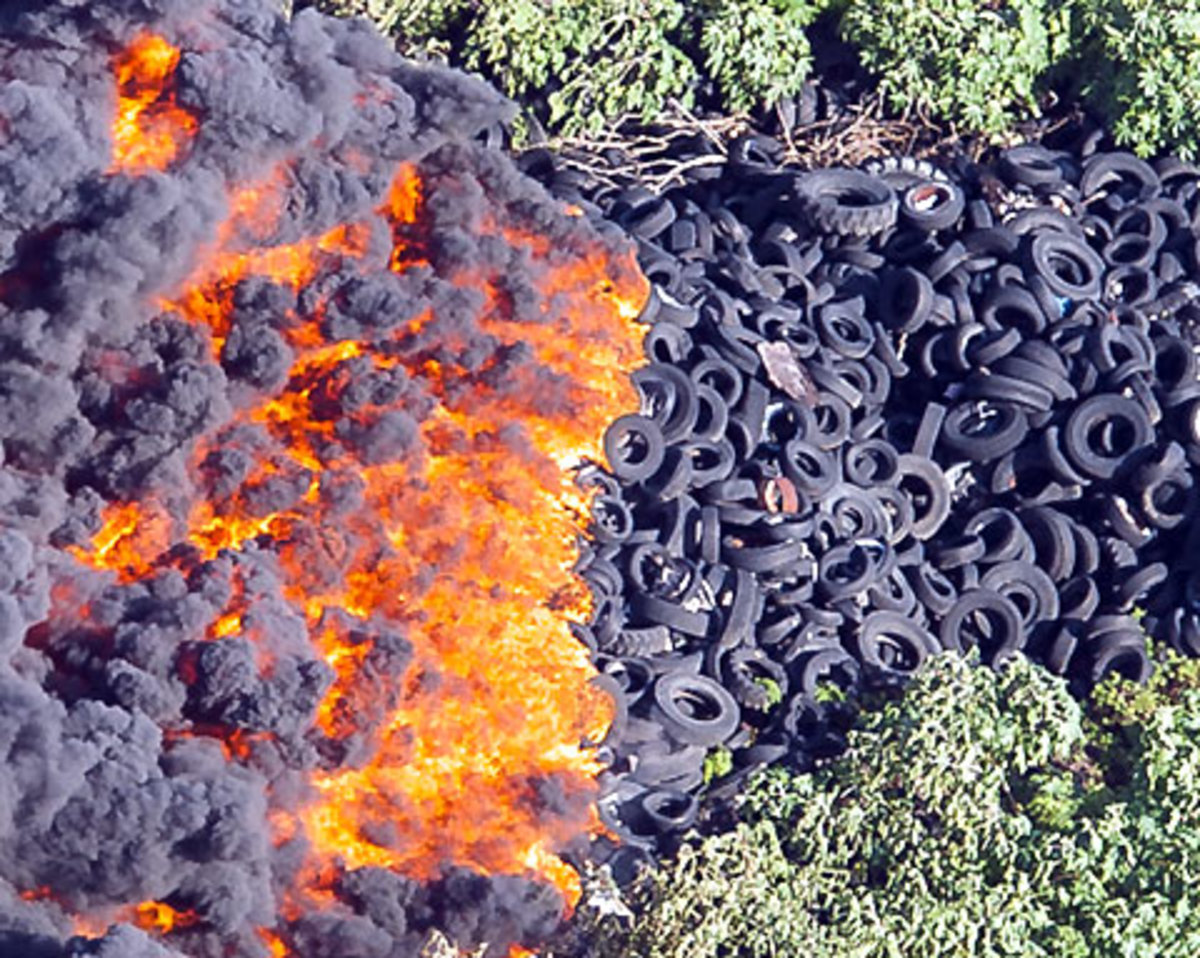Dangers of Asbestos
Dangers of Asbestos
Asbestos is a strong mineral that was usually used as a piece of homes and various structures as security. The usage of asbestos for these items was limited in 1989 when the EPA issued the Asbestos Boycott and Eliminate Standard. In any case, for what reason were various asbestos-containing things restricted?
The major issue worked out as expected in 1918 when the U.S Agency of Work Measurements released a report recording an abnormal high pace of abrupt going among masters who oversaw Asbestos routinely. These join improvement authorities, shipyard workers, and excavators. Despite mounting evidence of harm, controls to oversee asbestos introduction did not occur in the US until the 1970’s. In the midst of this time, the association among Asbestos and various lung-related diseases has been showed up.
In case Asbestos powder and strands get took in, they can slow down out in the lungs, gather, and cause aggravating and scarring. After some time, this can not simply reason a couple of lung-related ailments known as Asbestosis. Reactions of Asbestosis include: brevity of breath, hacking, and can even reason unchanging lung hurt. Drawn out Asbestos presentation can most strikingly provoke lung malady. Specifically, a particular kind of lung illness called Mesothelioma. These fibers can moreover get captured in clothing, and brought home from work, and can extend the peril of illness for your family too.
Asbestos isn’t risky only autonomous from any other individual, in any case, which made confining asbestos when all is said in done. While asbestos powder causes mesothelioma when taken in, super-warming Asbestos down with sand into a solid glass silica sheet discarded the strands, and in like manner the destructiveness of the thing.
What is an ACP5?
An ACP5 is required by the city of New York for any redesign, destruction and so on. Essentially, whenever a material which is associated with having asbestos is to be exasperates an asbestos examination must be completed. After this review is completed, the asbestos examiner documents an ACP5 with the city of New York to ensure that the material being chipped away at does not contain asbestos, the asbestos in question is less then 10 feet or 25 feet or if the asbestos won’t be moved. Suspect material is everything without exception other than wood and fiberglass. It tends to rooftop materials, floor tiles, block mortar, drywall, joint compound and hundreds more. In the event that you have any doubts about the material being moved, you should initially contact a confirmed New York City investigator. On the off chance that there is a danger of the asbestos being aggravated, at that point Asbestos Reduction is required before work starts.
What does an asbestos investigation include?
Asbestos testing starts with an examiner going to the site, completing a visual examination and testing any presume materials (if there are any). On the off chance that there is no asbestos found or the amount is underneath 10 square feet, 25 feet, at that point they will issue an ACP5. In the event that there is more than that, a decrease must be finished by an Asbestos Reduction contractual worker.
Do I need an Asbestos specialist?
An Asbestos specialist is prepared to survey whether the speculate material contains asbestos. In the event that you presume that work you are doing may aggravate material that could contain asbestos then you are legally necessary to have an investigation. This is done in a protected manner with negligible hazard. Just specialists who are ensured are permitted to present the ACP5 so it is important to check the reviewer’s qualifications before they begin the examination
Asbestos Inspection and Testing FAQ
Q. What is asbestos?
A. Asbestos is essentially a compound, a material that is made up of a group of minerals. The minerals that form asbestos are made of microscopic particles that can splinter into even small pieces.
Q. Why is asbestos harmful when inhaled?
A. Asbestos is harmful because when it is inhaled and splinters, it can become stuck in lung tissue.
Q. What kind of symptoms does a person experience right after inhaling asbestos fibers?
A. Some people don’t show any symptoms immediately, especially since the fibers themselves are so tiny. Over the long term, though, people who breathe in asbestos fibers may show basic respiratory distress, experience trouble breathing, have bleeding in the lungs and more.
Q. What does an asbestos inspector look for?
A. An asbestos inspector takes samples of the materials used in buildings as well as air samples in those buildings. They take care to get samples in safe conditions without disturbing the particles to the degree that they might be exposed to hazards themselves. An inspection should only be done by someone trained to do this correctly.
Q. What happens during the asbestos testing phase?
A. An asbestos tester will look at the samples in a lab and determine if asbestos is present. If it is found, they will use the records kept by the inspector to determine where the asbestos is and how much is present. Based on these findings the asbestos inspection and testing team can offer recommendations on what needs to be done and how it can be done without harming anyone.
Q. What if the asbestos in a building cannot be removed safely?
A. In some cases, a building cannot be used again if the asbestos cannot be removed. In most cases, though, if removal is not possible, there are alternatives. It may be possible to seal off asbestos through a process called encapsulation. Once this is done the building could be used without exposing people to hazardous materials.
Q. If asbestos can be removed, what happens next?
A. People who live or work in the building will be relocated temporarily. The area where the asbestos is temporarily sealed off to prevent fibers from escaping into other parts of the building. A special (class H) vacuum cleaner can be used to clean up during and after removal.





